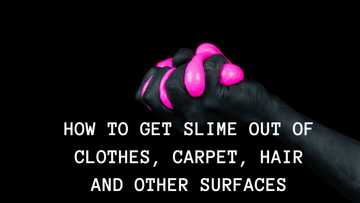Types of stitches and their uses
Stitching is another type of art that you have not heard about. How many types of stitches exist in the world? Making your own clothing has never been easier!
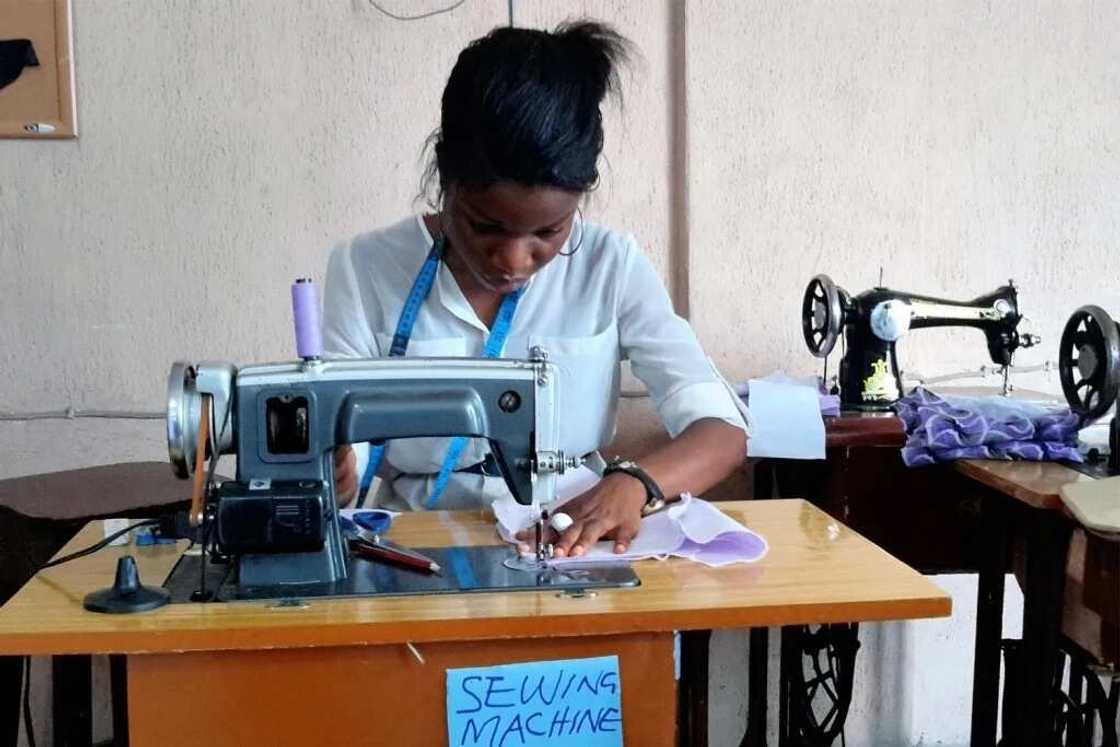
Something Special in Sewing
Learning to sew can be entertaining and beneficial for all your family. Making clothing is actually a very simple task which everybody can do. It does not require something special. What you really need is persistence in achieving results of sewing.
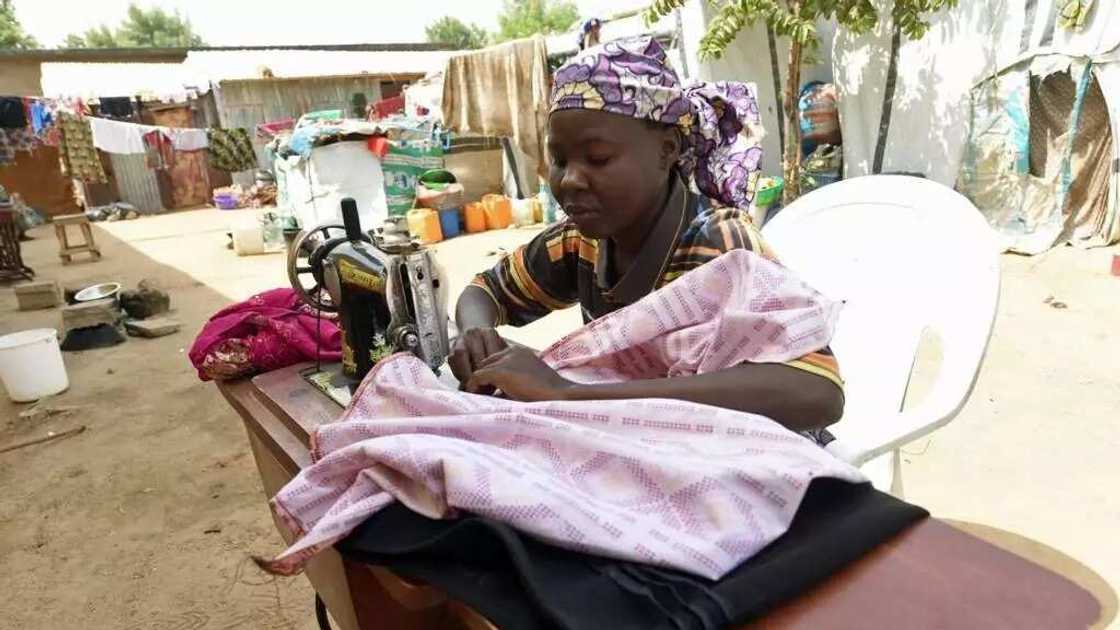
READ ALSO: How to make spaghetti Bolognese with dolmio
There are hundreds of types of decorative stitches in the world, but it’s relevant to start with the basics. For starters, all types of stitches are divided into hand sewing stitches and machine sewing stitches.
Hand Sewing Stitches
Hand sewing is the most approachable way to get acquainted with this art. It does not demand a lot of money to start. Even after you get a machine, you will have a lot of reasons to opt for the hand sewing. Embroidery and quilting both use some basic techniques for sewing. Let’s take a look at Top 6 basic sewing techniques.
Running Stitch
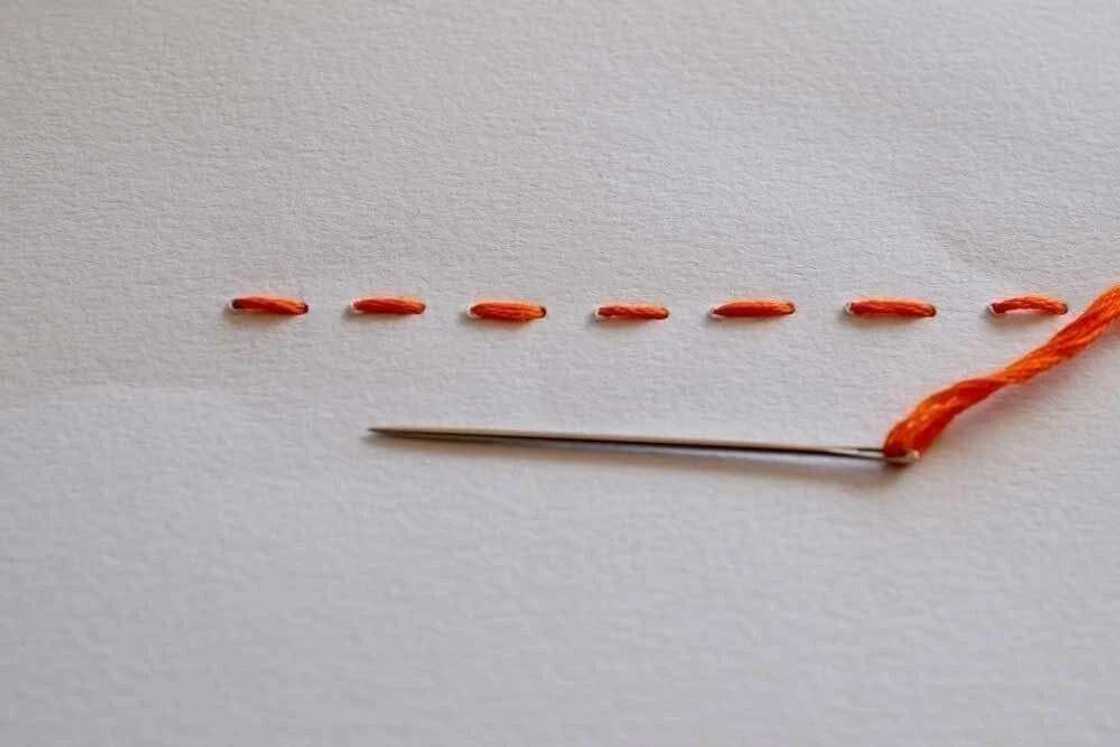
It’s the go-to-stitch for beginners. It’s neat, and the job can be done easily. You just need to sew two pieces of fabric to one another. It’s possible to use when repairing holes. You just need to thread your needle and knot the thread. It’s so-called running of the needle through the fabric. This pattern should be repeated over and over again until you reach the end.
Blanket Stitch
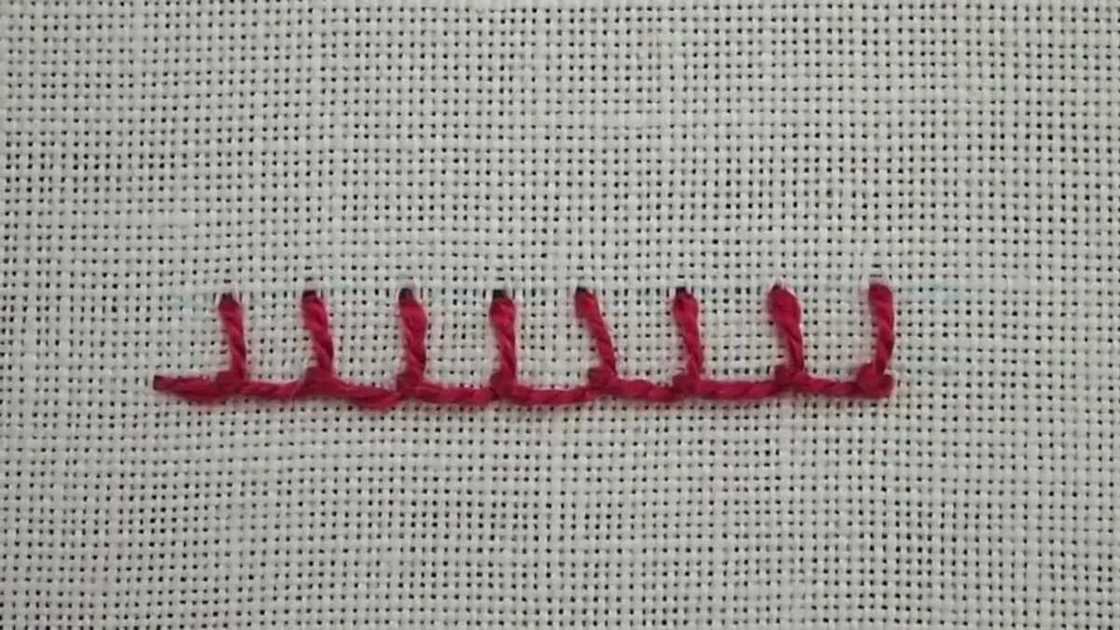
You can find the blanket stitches at the ends of your blankets. It's visible on the raw hem of your blanket. Still, you can also try to use it as a decorative element. You just knot the thread and penetrate the back with a needle.
After that, you will need to get the first stitch entry penetrated by a needle. Leave the loop of thread loose. You will penetrate a loop with a needle and a vertical stitch will be created. Repeat it all along the row.
Hemming Stitch
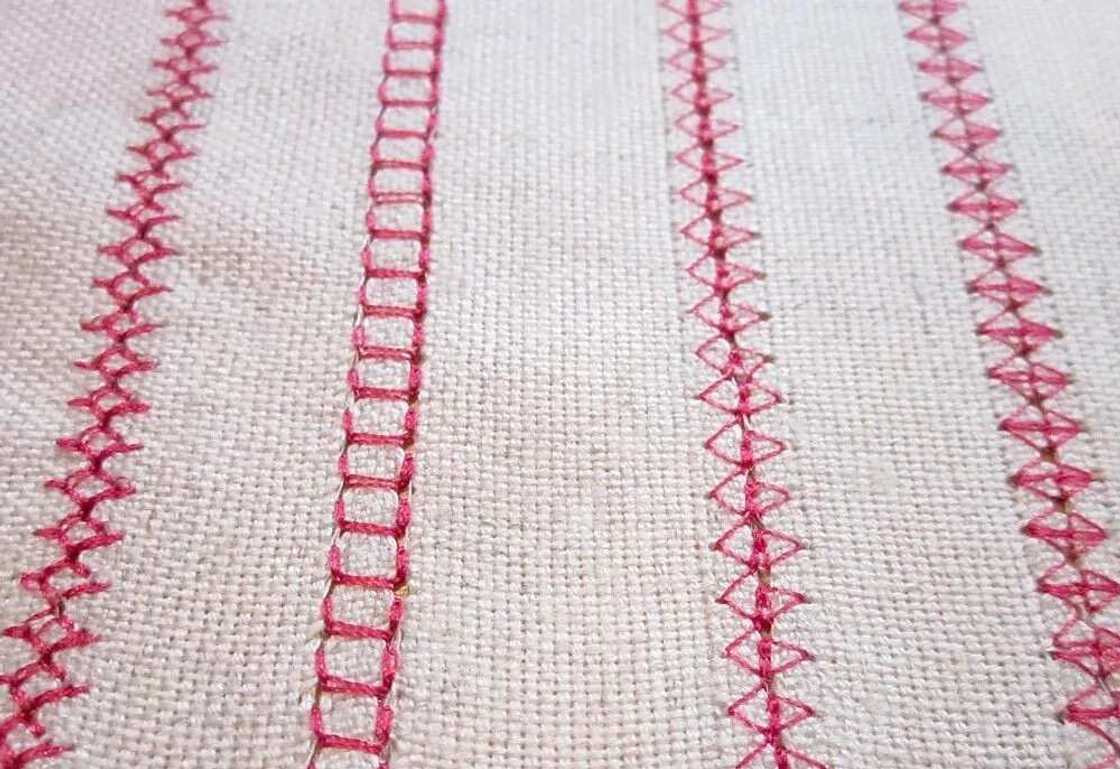
You can also find other names for that stitch. If you want the stitching invisible, then it’s your choice of stitching. The inside of your garment should be your starting point, where the hem should be secured and rolled. You will knot your thread until you anchor the stitching. When it’s done, just bring your needle upfront and, before turning to the hem side, take a few fabric fibers.
Top Stitch
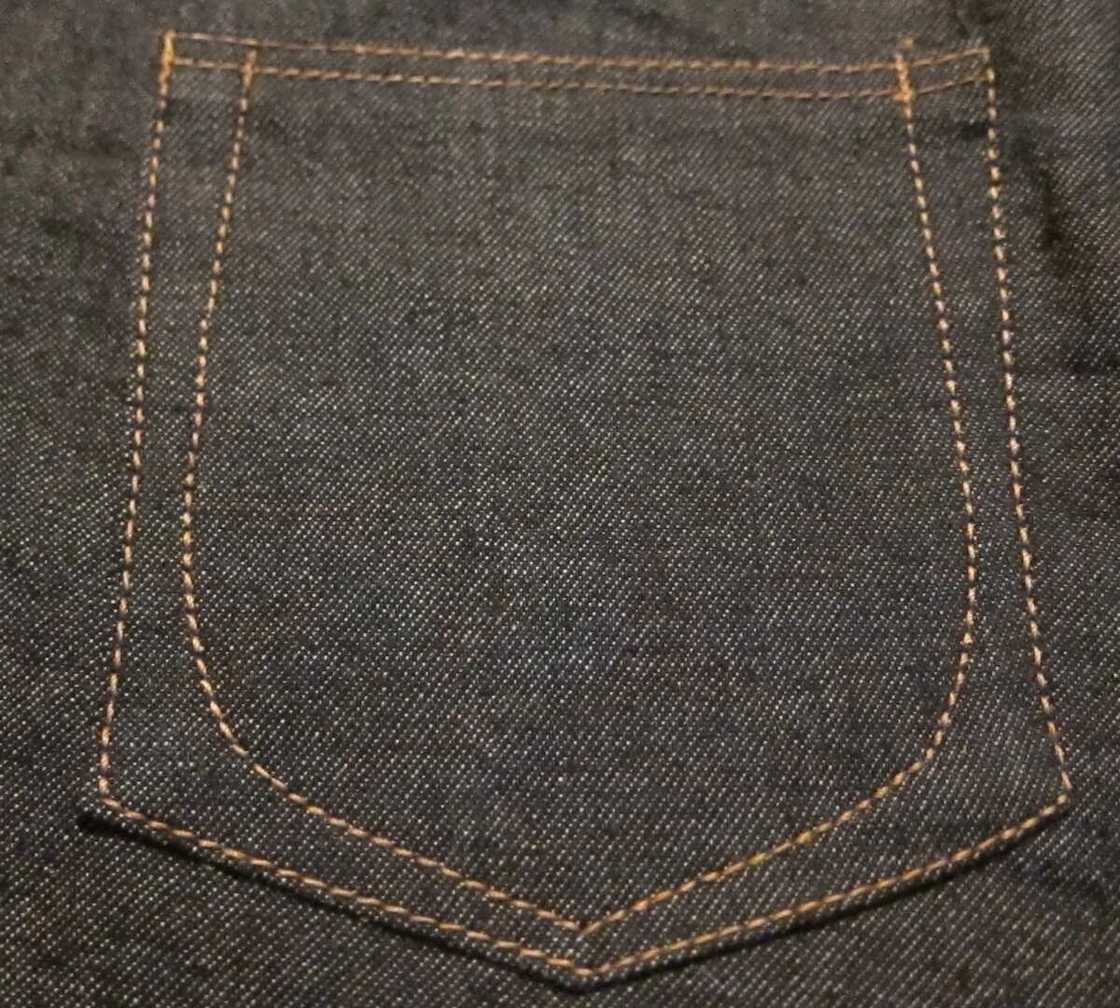
It’s related to the types of stitches in sewing which are meant to be visible on the right side of a garment. On garments, the topstitching is usually done in contrast to the color thread. The best example of this type of stitching is the golden stitching on your jeans.
Back Stitch
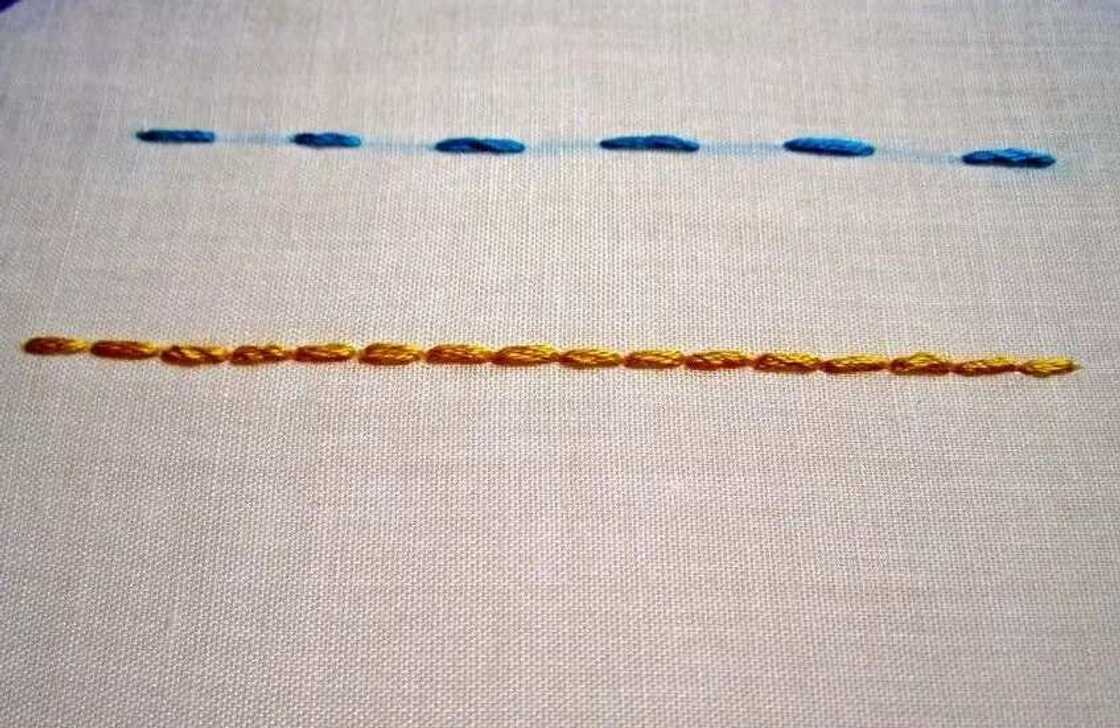
It’s another very basic stitch that you can use on your everyday basics. This stitch has been used for centuries as utilitarian and decorative. You just need to penetrate the back of your fabric with a needle. After that, you just need to choose one of the running stitches.
Whip Stitch
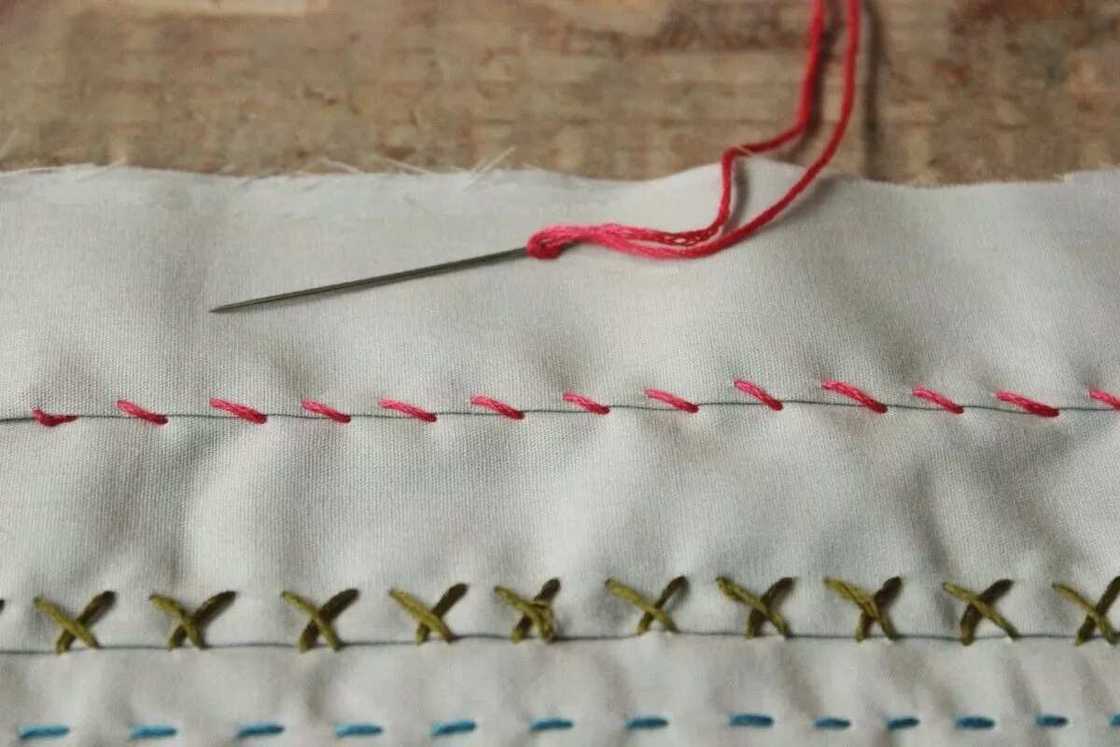
The right whip stitch is snugged against two pieces of fabric completed together. If you need to do this stitch, you just need both layers of the fabric should be penetrated by a needle, and that’s how the angles of the seam should be wrapped in the fabric.
Machine Sewing Stitches
At the time when you gain some skills with hand-sewing, you will get to the machine-sewing. You will open the whole new world of stitching that you have never experienced. A great number of modern sewing machines is provided with a small computer screen which can help you to choose from a lot of stitches types. Nevertheless, learning these types of stitches are also necessary.
Basting Stitch
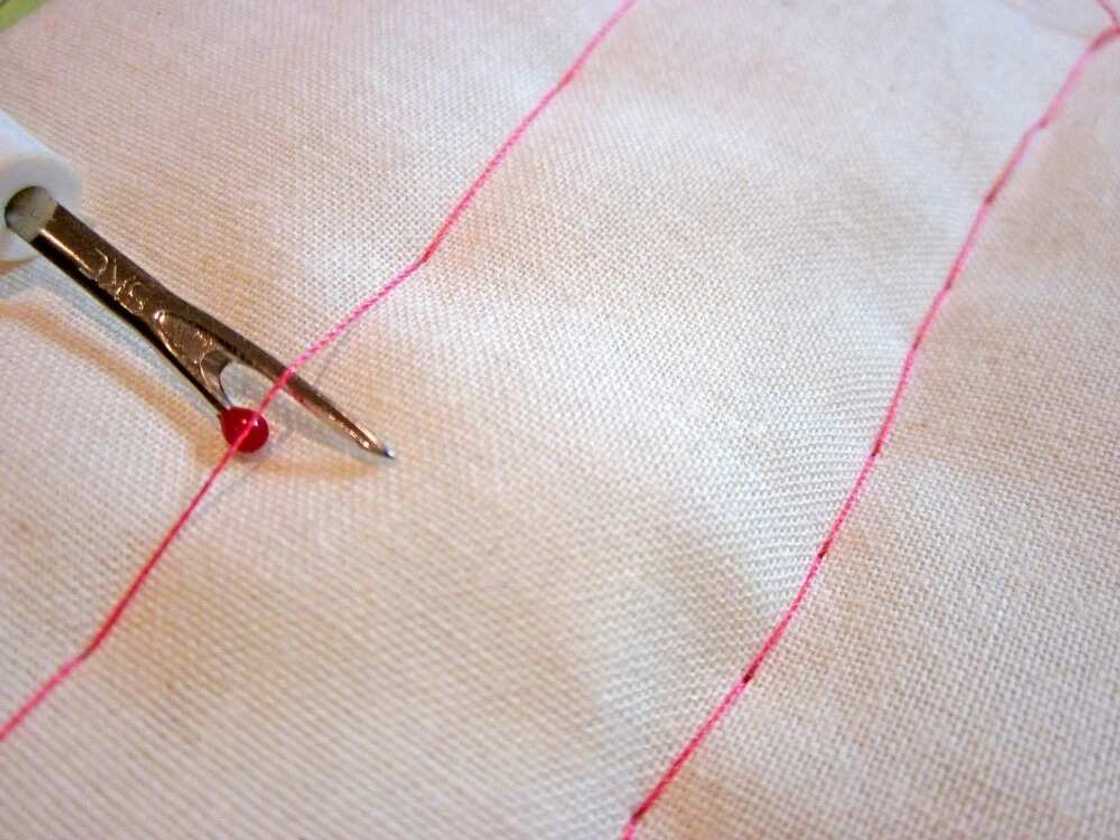
It’s almost the same as the running stitch. You can do it by using just hands. A basting stitch is useful when you need to make a ruched, ruffled and gathered detail. The basting stitch can go all along your fabric and slowly pull the top thread. You will need to secure the ruching or gather in the following stitch.
Straight Stitch
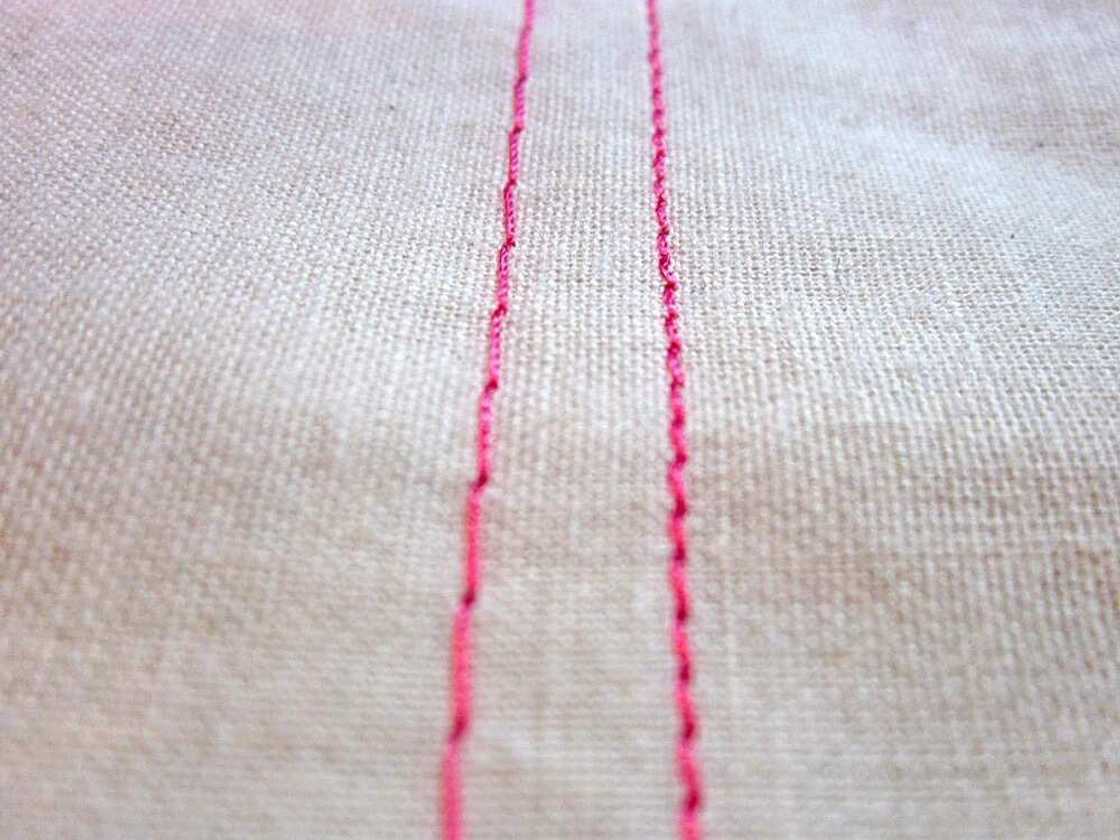
It’s the most often used sewing stitch by the machine. It’s very utilitarian and, in most cases, used to stitch two fabric pieces. It’s possible to vary the spacing and tightness of the stitch. It’s possible by changing the machine settings.
Zig-Zag Stitch
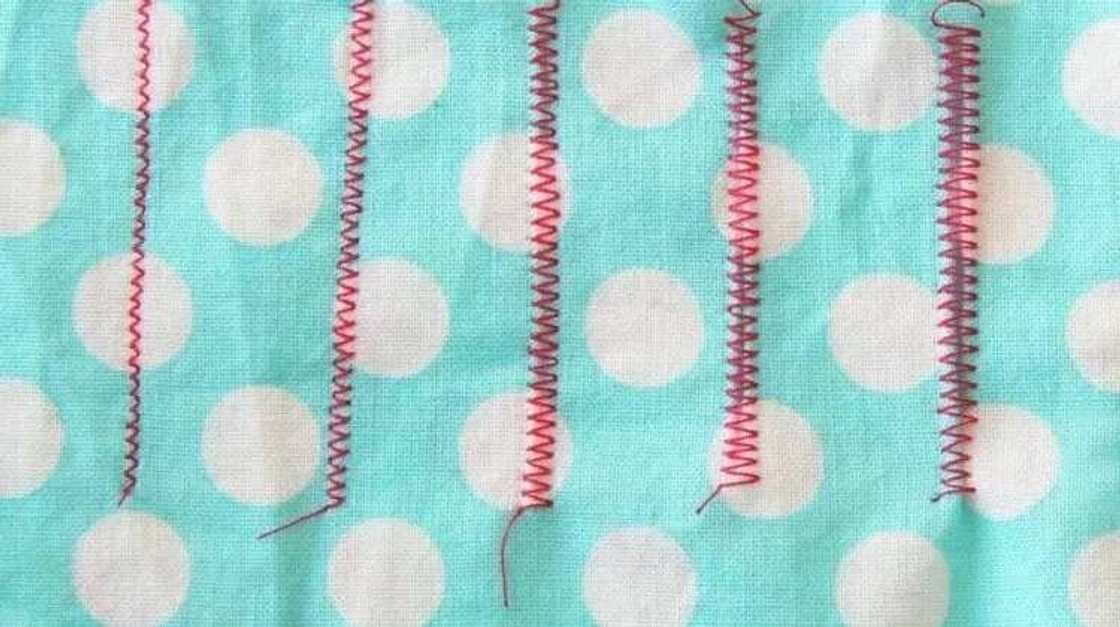
It’s a very fun name for one of the most used stitches. Zig Zag provides little neat peaks in the different paths. It’s an idea for finishing the raw edges. It adds elastic to your garment projects. The stretchy fabrics are the best to knit with this stitch.
Overcast Stitch
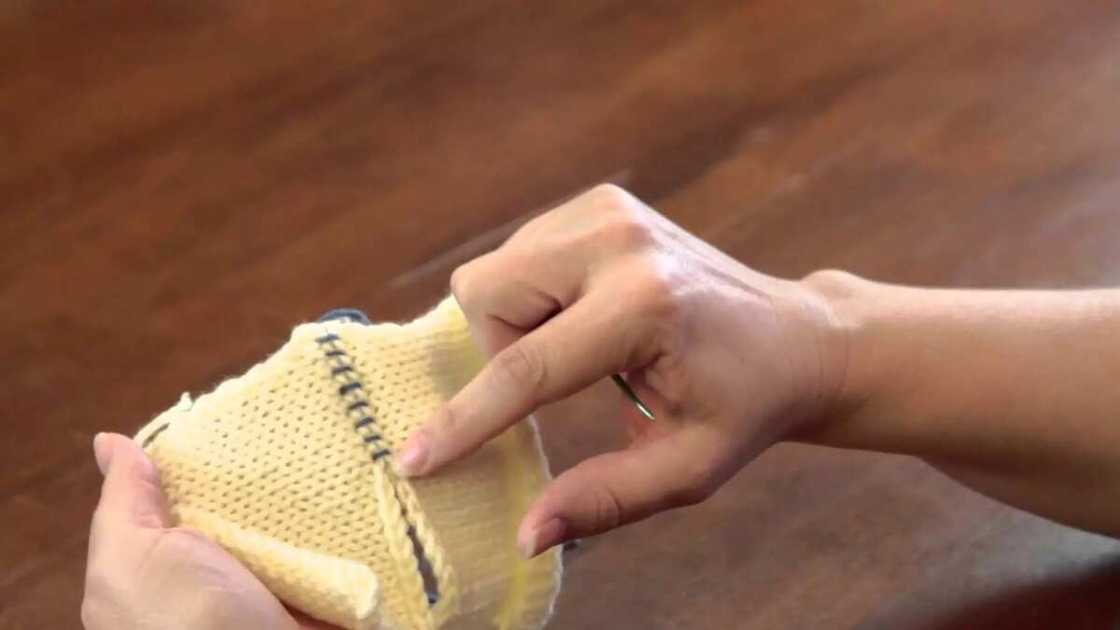
This stitch exists upon blanket stitch. It’s a machine version of blanket stitches. It provides the clear row over the top of the edge. It’s also paired with diagonal or straight vertical stitches. This stitch helps you to keep the seams and hems from ripping and fraying.
Buttonhole Stitch
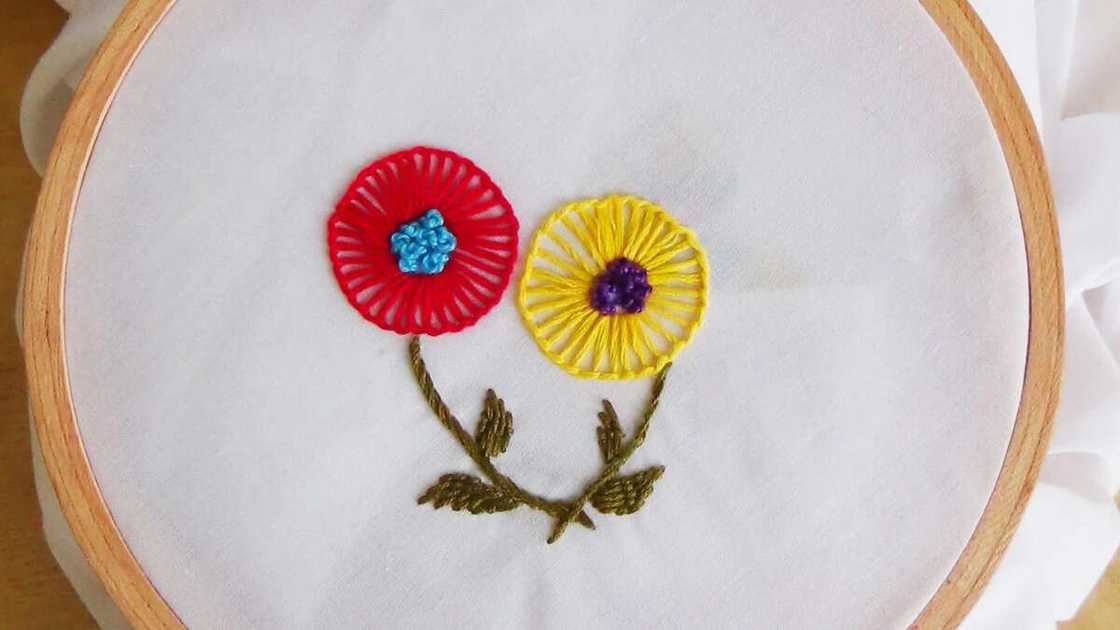
It’s a very simple stitch for your machine. It just makes buttonholes for buttons. It’s possible with the special presser foot.
Decorative Stitch
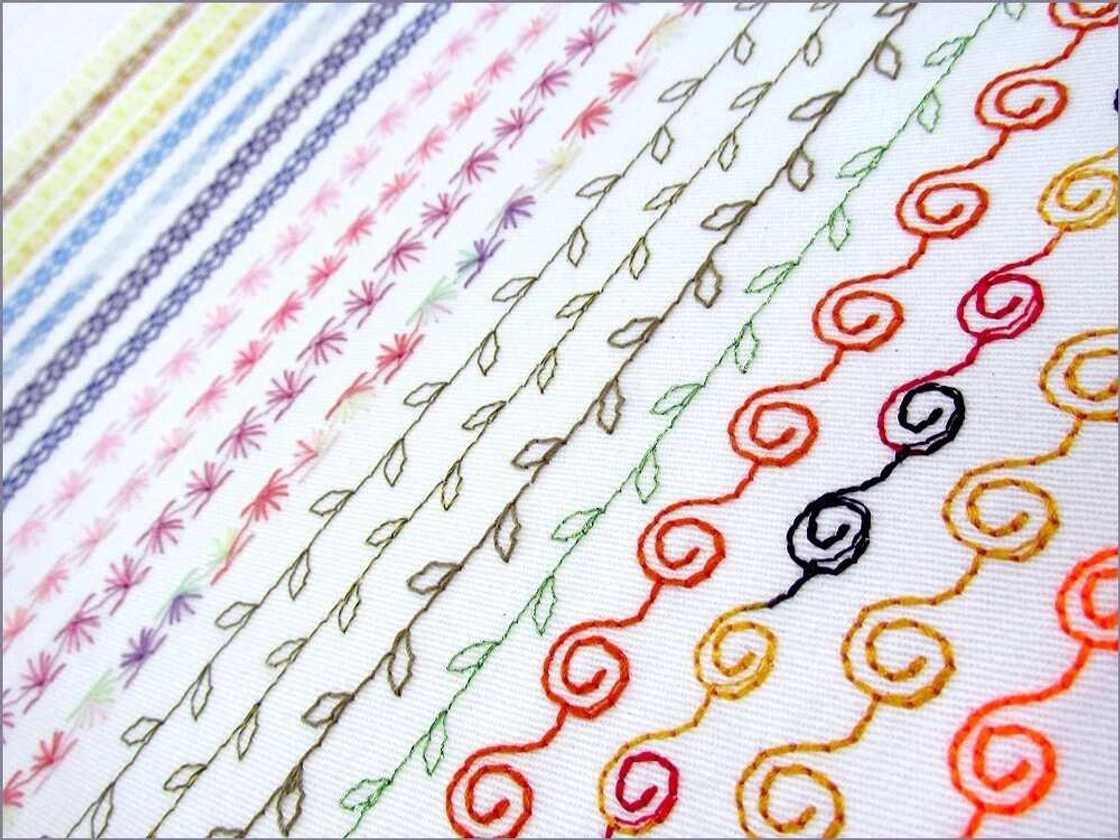
This category of stitches comes in all shapes. You can try different variations for your perfect style of stitching. They are commonly used to finish the piece of closing.
What you need to know about types of stitching is that it can be considered as real art. Still, if you start sewing, you will understand that you can learn much more styles.
Therefore, the more you sew, the more types of stitching you can learn. At the very start, it might be difficult. However, practice makes perfect.
READ ALSO: How to cure staphylococcus aureus infection naturally
Source: Legit.ng


